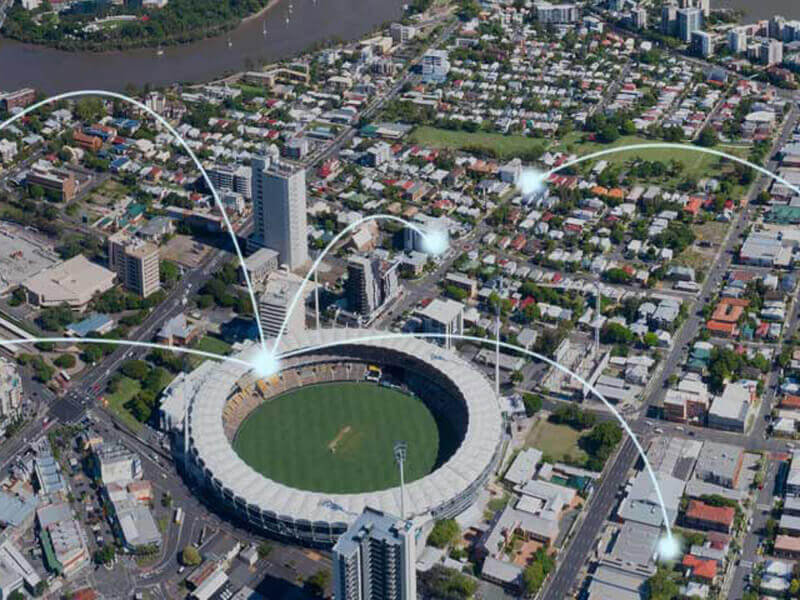Today’s telcos are deploying edge computing resources across their networks, in volumes and at speeds that reflect the urgency of an industry chasing every piece of a very big, very rich pie. 5G revenue in 2021 will increase by about 39% to $19.1 billion on its way to unlocking a projected $12.3 trillion of total economic output by 2035. It’s a race to roll out these networks, and the prize is substantial.
5G networks can be up to 500% faster than 4G and support a 100x increase in traffic capacity – massive upgrades that require fundamental changes to network architectures. Edge computing is central to realizing that promise, providing compute and storage that eliminates backhaul latency issues inherent to a reliance on a central data center. The industry is investing $265 billion in 5G-directed CAPEX and R&D annually – much of it on edge computing.
The urgency is real, but there are significant challenges to deploying these edge sites quickly and economically. Operators need hundreds – in some cases thousands – of new edge sites to fully realize the potential of their 5G networks, but each site is different. The geography, climate, compute load and power demands, and myriad local and regional regulations and guidelines present specific architectural and engineering challenges for each site. It’s understandable if operators feel like they’re reinventing the wheel with every edge deployment.
That is precisely the problem we’re attempting to solve with the introduction of a set of edge infrastructure models designed to streamline and standardize the design and deployment of various edge sites – including those supporting 5G networks. These models are the natural evolution of our original edge archetypes, which grouped various edge deployments by use case. The new research goes a step further, using inputs from industry practitioners across industries – including telecom operators – to define four distinct models for today’s edge infrastructure.
The four models are Device Edge, Micro Edge, Distributed Edge Data Center, and Regional Edge Data Center, and you can read more about each in the report that outlines our research.
The telecom industry is unlike most others because it is both a customer of edge computing and a provider of edge facilities. As customers, telcos use Micro Edge or Distributed Edge Data Centers to run their internal network functions. As providers, they invest in Distributed Edge Data Centers and offer those resources to their customers via colo models, public cloud partnerships, and by offering their own infrastructure-as-a-service (IaaS).
Even beyond that, telcos are leveraging cloud providers to meet their needs for infrastructure and equipment standardization. Tower companies and colocation providers are players as well, working with and for telecom operators to figure out how to deploy for operators both as partners and potential suppliers. It’s a complex, evolving landscape, and many of those prospective partners add a Regional Edge Data Center component to the network mix.
Telcos can use these models to get a head start on any new edge deployments, allowing them to match their sites quickly and easily to the right model. By doing so, the broad strokes of the design and architecture are in place, and necessary customizations can happen quickly and in parallel to other tasks. Instead of 1,000 unique designs, operators can zero in on one or two edge infrastructure models, making the initial order and deployment easier and future service simpler and consistent across sites.
The models offer value across industries, but they clearly address some of the chief hurdles telecom operators are encountering in rolling out 5G – namely, unfamiliarity with IT systems, slow planning and deployment timelines, and high cost of customization. They enable a type of customized standardization telcos have been craving and represent one of the most significant advances in edge computing since the onset of the edge revolution.
We’d love to hear from our friends in the telecom space. Which model best applies to your edge deployments, and how would you use these models to streamline your 5G rollout?






